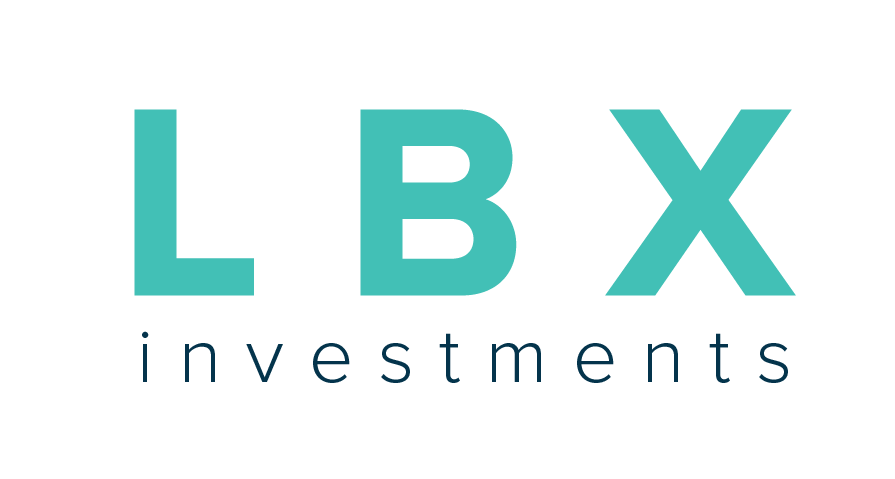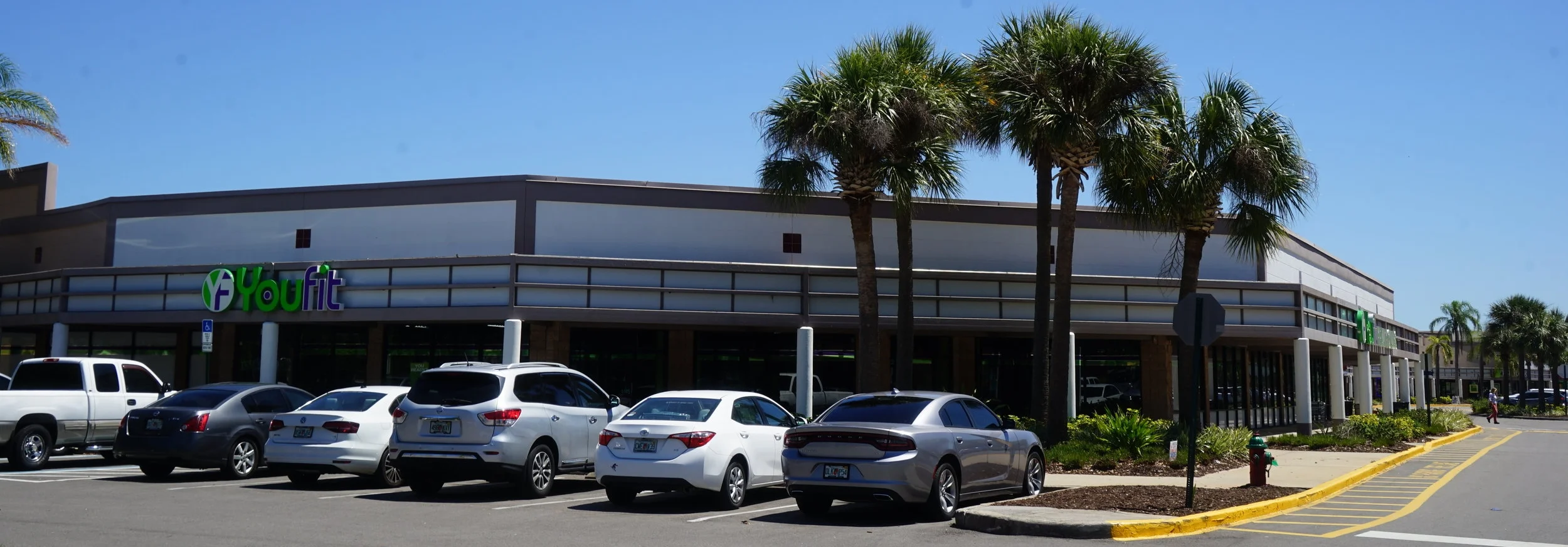Qualified Opportunity Zones: Thoughts On Accessing This Tax Benefit Program
Qualified Opportunity Zones (and Funds) Provide Avenues for Tax Deferral of Capital Gains
Gains From CRE, Stocks, Other Assets Can Be Rolled Forward, But The IRS Needs to Provide Specifics
Note: Qualified Opportunity Zones (“QOZs”) were established by recent tax code changes to enable investors to receive favorable tax treatment for investing in Qualified Opportunity Funds (“QOFs”), which are certified by the U.S. Treasury.
Qualified Opportunity Funds Can Funnel Investor Capital Into Economically Challenged Areas
U.S. household and corporate investors currently hold an estimated $6.1 trillion in unrealized capital gains (Forbes). While this pool of capital is highly fragmented, and the amount that will ultimately be invested in Qualified Opportunity Zones (“QOZs”) is much smaller, it still represents a vast, untapped economic development resource. QOZs were established by the tax code earlier this year – as a result, Qualified Opportunity Funds (“QOFs”) have sprung up in order to make equity investments in businesses and real estate in these zones, which are generally located within economically challenged communities. QOFs offer investors numerous tax advantages (see “QOFs: How the Math Works”, below). In order to realize them, there are specific (and somewhat nebulous) rules that must be followed. First, the investor must invest in a QOF within 180 days after the sale or exchange of a capital asset. The fund can be a partnership, corporation or an LLC. The QOF must then invest at least 90% of its total assets in QOZ property, which can be stock or an interest in a QOZ business, or qualified business property that either originated with the QOZ (i.e. was built in the QOZ) or has been “substantially improved” within the QOZ.
QOFs: How The Math Works
Investors Can Access Commercial Real Estate Through QOFs; Basis Questions Still To Be Resolved
That last point is crucial for the implications on real estate investment. Substantial improvement is defined as additions to basis, equal to the basis, within a 30-month period. For example, if a QOF acquires a QOZ property for $1 million, it must make capital improvements equal to (or exceeding) $1 million within any 30-month period during the hold in order for the property to qualify. The open question is, how do investors define basis? Adjusted basis includes the impact of depreciation and amortization. Assuming the basis that needs to be doubled is the going-in, unadjusted basis, most real estate investments would not pass the substantial improvement qualification unless it was a ground-up development project, limiting the use of the QOZs to developers. However, should the adjusted basis be the measuring stick for the substantial improvement rule, certain value-add and redevelopment projects with in-place cash flow may actually qualify – such as purchasing an operating retail or office building and performing substantial capital improvements to the parking lot, structure, and building systems. In this case, the benefit of the legislation could be realized without being exposed to the risks of ground-up development projects. This is one of those items awaiting additional clarity from the State Department and the IRS that is causing many investors to hold off for now. However, several developers (Shorewood, RXR Realty, and Youngwoo & Associates, to name a few), comfortable with building low-income housing in economically distressed areas, are raising QOFs to pursue projects that previously were not necessarily financially viable. Funds are also beginning to pop up on online investment platforms.
Different Deals Carry Different Risks: Not All Qualified Opportunity Funds Are Created Equal
As QOF operators begin raising substantial capital, investors should – in addition to considering tax implications – keep in mind the risk profile of the deals themselves. Due to vast geography these zones encompass, not all Opportunity Zone investments will carry similar risks – for example a redevelopment in an economically distressed but dense area outside of New York City would have a drastically different profile than a new housing project in rural Georgia. Unfortunately, investing in a fund with a broad mandate gives the investor little to no discretion in how capital is allocated between the various opportunities available. That said, as the rules and regulations become more clear, operators will likely begin raising single-property, single-fund structures to take advantage of the policy on an asset-by-asset basis, providing investors with greater discretion in what markets they are exposed to.
QPZs By The Numbers
What About 1031 Tax-Free Exchanges?
Investors may see advantages in pursuing QOF investments instead of 1031 Tax-Free Exchanges for two reasons: First, QOF investments require less investment than 1031 investments. To defer capital gains taxes, only the amount of the gain must be rolled into a QOF within 180 days of a sale or exchange. 1031 exchanges require the entire value of the original property to be reinvested into up to three new properties in order to defer taxes on a gain. Second, there are fewer restrictions on the types of gains that can be invested in QOFs, as compared to 1031s, which are restricted to real estate property. QOF opportunities only require that capital gains stem from a sale or exchange of capital assets to an unrelated person. Real estate, personal property, intangible assets, and other capital assets can qualify for QOFs.
So, What Now?
We believe anyone with significant unrealized gains in the stock market or in their real estate portfolio should strongly consider the QOZ program as an opportunity to own generational real estate in a highly tax-efficient manner. That said, we believe investors should sit tight and wait for additional guidance to be released from the IRS and the Treasury Department – in particular, whether “basis” refers to purchase price or adjusted basis remains unclear. If it’s the latter, taking advantage of recently enacted accelerated depreciation rules may allow investors to depreciate enough of their going-in basis in a property to remove the burden of the substantial improvement requirement. Additionally, another concern that real estate professionals have raised concerns the implications for land prices in QOZs. In the past, geographically-specific tax incentive programs have resulted in those benefits quickly being priced into the price of the land, ultimately passing the majority of the benefit to landowners rather than the developers and investors. In our conversations to date, while there is significant interest around QOFs from both institutional and individual investors, we have not heard of any group actually making QOZ investments yet. Once the IRS releases additional guidance, we believe capital will flow into the QOZs. When that happens, it will be important for investors to make sure they are not overpaying for an asset just because it sits in a QOZ.
Additional Quick Reads for Investors
• Opportunity Finance Network: Opportunity Zones Fact Sheet
- Summary of Opportunity Zones
• CDFI Fund: Opportunity Zones
- U.S. Treasury Guidance
• PWC: Qualified Opportunity Funds
- In-Depth Discussion of Various Rules and Regulations
• Economic Innovation Group: Opportunity Zones
- Summary from bipartisan think tank



